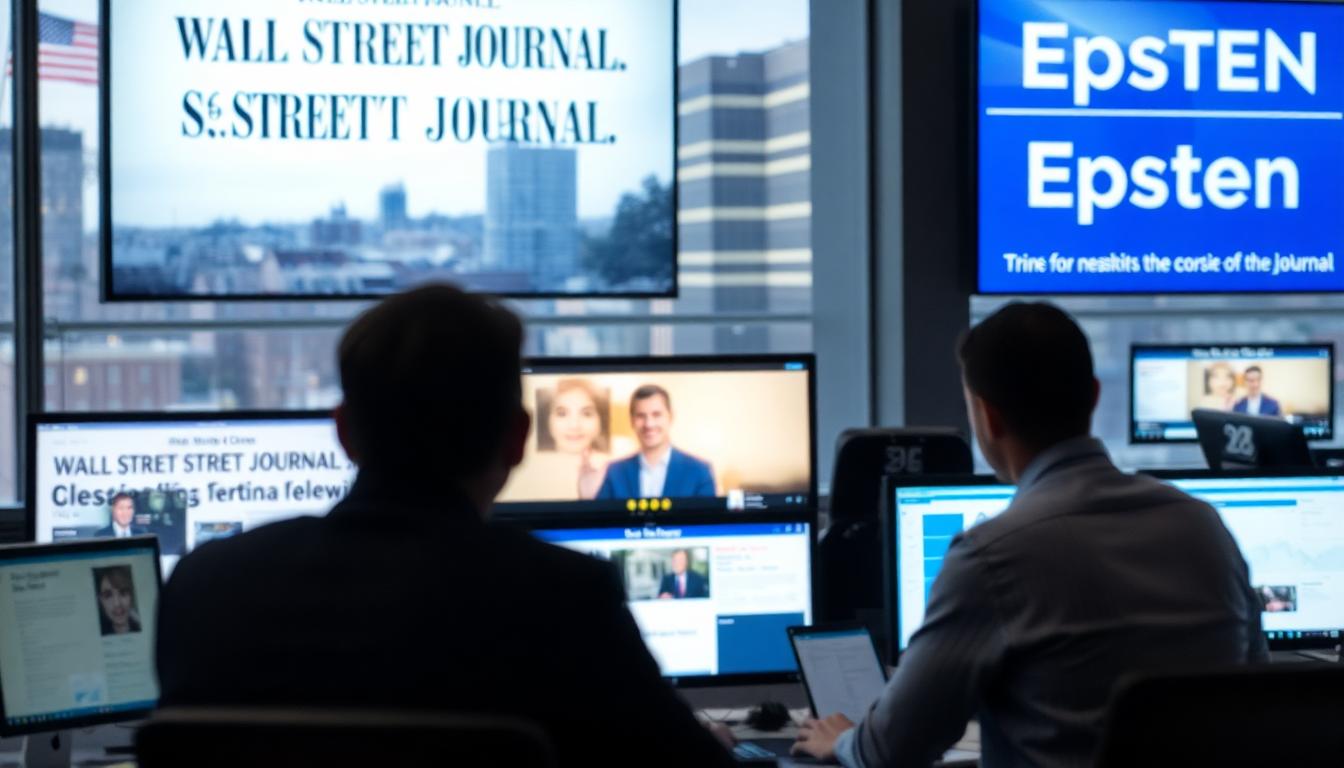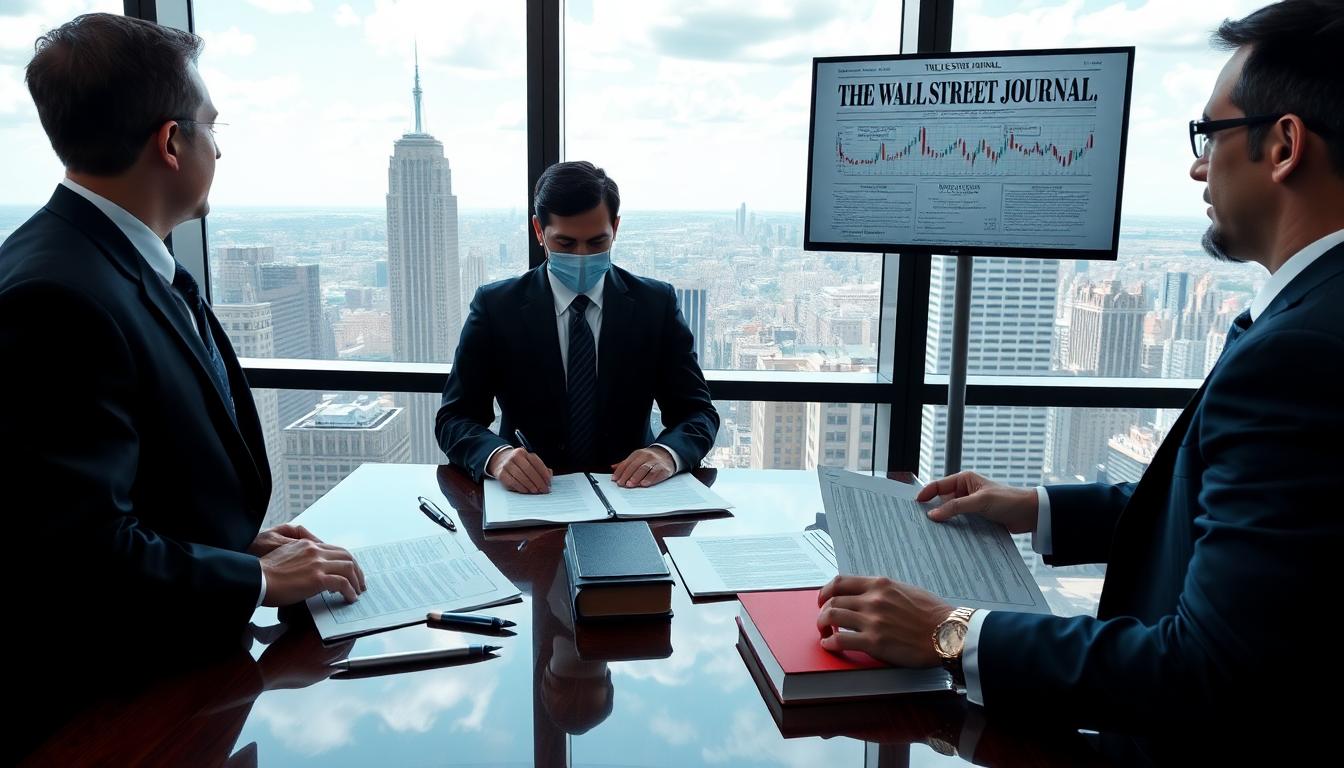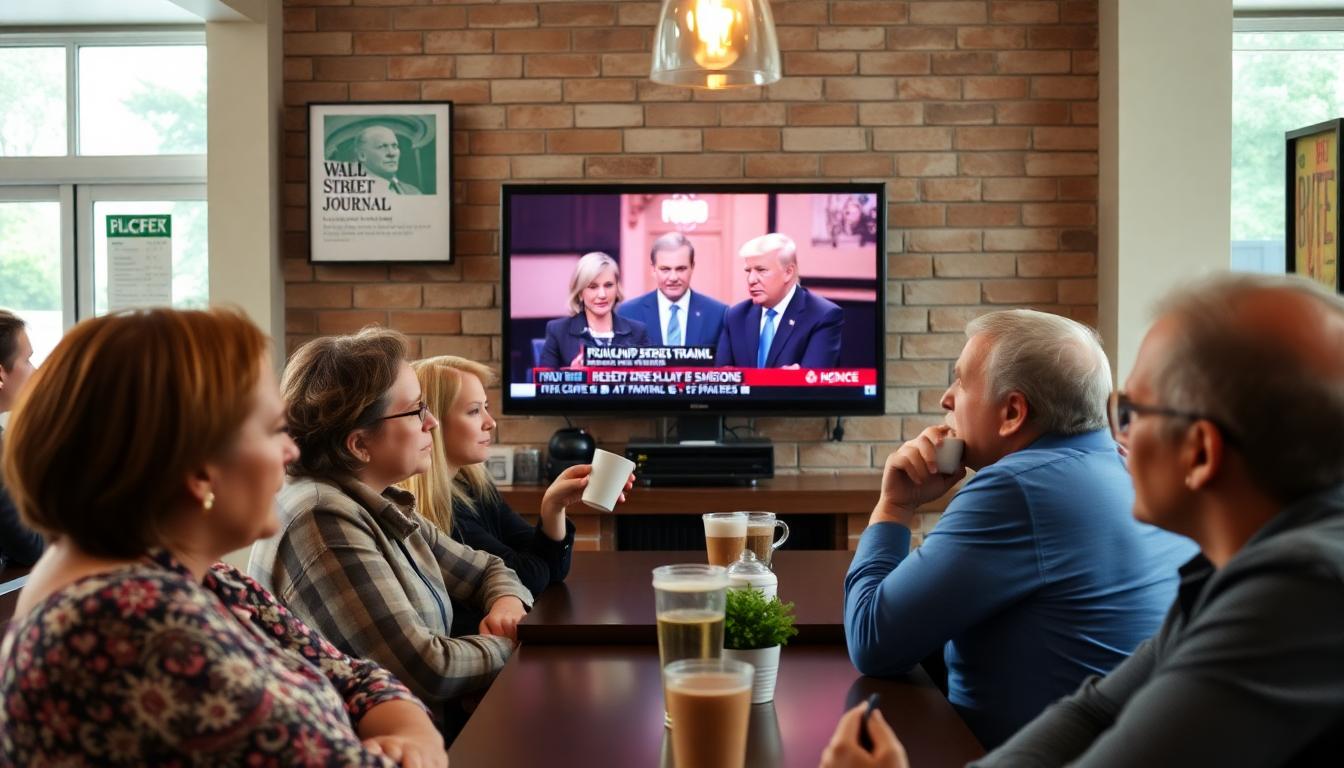Introduction
A new storm erupted this week as the Wall Street Journal (WSJ) published a report linking former President Donald Trump to Jeffrey Epstein using a disputed photo. Trump’s team struck back, calling the picture and the claims “sketchy,” and announced legal threats against the WSJ. Instantly, this took on a life of its own: headlines, cable news debates, and social media speculation soaring. In a media era where truth, reputation, and controversy entwine, Americans are left to ask: What do we know, and what does it reveal about where our politics—and our press—stand today?
The Epstein Photograph: A Questionable Claim
According to the WSJ, the latest investigation into Jeffrey Epstein’s network presented a photo that, authors suggested, put Trump at an event alongside key Epstein associates. Within hours, the authenticity of that image was challenged.
Trump’s representatives say:
- The image is doctored or misrepresented.
- Context was omitted, making it misleading in both time and place.
- It unfairly tars Trump by association with sensational details.
The Wall Street Journal stood by the reporting but acknowledged the controversy, vowing a further internal review. The cycle—picture to headline to furor—was immediate.
Newsrooms on Edge: Verifying the Story
Inside newsrooms, the pressure mounted: journalists, editors, and legal teams gathered around digital screens, examining the photo pixel by pixel. Layers of verification became more intense given the photo’s sensitive content and a subject known for quick legal retaliation.
Key points in the editorial review:
- Metadata checks: Where and when was the original image taken?
- Reverse image searches: Has this photo surfaced anywhere before, in a different context?
- Fact-checking eyewitness accounts.
This process, once done quietly, now unfolds with the looming threat of viral misinformation—where every decision made by journalists could ignite or extinguish public controversy.
Trump’s Legal Threats and the Power Struggle
True to form, Trump’s attorneys moved aggressively, firing off cease-and-desist letters and signaling possible defamation litigation if the WSJ did not retract or clarify.
Highlights of the legal argument:
- “The photograph is a manipulation or was published in bad faith.”
- WSJ is accused of “reckless disregard for the truth,” the legal threshold for libel.
- Trump’s team argues this is not just about him, but about fighting a mainstream press determined to shape narratives before facts are settled.
For its part, the WSJ maintains that given Epstein’s web of powerful contacts—across parties and business—reporting on links is a public service. But experts note: libel claims against major outlets rarely succeed when public interest is involved and basic editorial standards are followed.
Public Response: Doubt, Outrage, and Exhaustion
As the story spread, many Americans found themselves reeling—again. In coffee shops, on group texts, and over social media, talk turned to the limits of trust in journalism and politics.
Some called the reporting a “new witch hunt,” echoing familiar Trump language. Others felt the WSJ’s findings merited more digging but worried about the ease of photo manipulation in the digital age. Still others were simply weary—wishing controversies this complex could be slowed down, not supercharged by social media spins.
The hashtags #FakePhotoGate and #JournalismMatters trended in different circles, reflecting the country’s ongoing information divide.
The Bigger Picture: Media, Misinformation, and Trust
In an age where a single photo (authentic or not) can drive news cycles, the WSJ-Trump-Epstein story is about more than personalities. It’s about:
- The speed of modern scandal.
- The need for stronger forensic checks on images and sources.
- How leaders, newsrooms, and citizens wrestle hourly with what to believe and who to blame.
Conclusion
As the Wall Street Journal embarks on an internal review and Trump’s lawyers posture for legal battle, one fact remains clear: the public’s hunger for unvarnished truth—and the fatigue from nonstop controversy—are both stronger than ever.
In America’s turbulent news age, the only certainty is uncertainty. The power struggle between public people and the press will go on, one headline and one image at a time.
to contact us click Here .










